
6 Surprising Reasons Why Your Feet Are Cold
6 Surprising Reasons Why Your Feet Are Cold
You're wrapped in a thick blanket, the heater is on, but your toes still feel like ice cubes. That chill in your hands or feet isn't always just a normal reaction to the weather. While often harmless, it can sometimes be your body's way of sending a signal.
Let's explore what causes cold extremities and when you should pay closer attention to the signs.
When Cold Extremities Are Normal
It's completely normal for your hands and feet to feel cold sometimes. When you are in a cold environment, your body's top priority is to keep your vital organs warm. To do this, it directs blood flow away from "less essential" areas like your hands and feet. This is a natural response to protect your core temperature. Once you're back in a warm place and moving around, circulation usually returns to normal.
6 Surprising Reasons for Cold Feet
If your feet are often cold, even when you're indoors, it could be due to one of these surprising factors:
-
Lack of Sleep: Not getting enough rest can slow down your entire system, including your circulation. This makes your extremities more prone to feeling icy.
-
A Sedentary Lifestyle: Sitting for hours at a time restricts blood flow to your lower limbs. Even a short walk or some light stretching can quickly improve circulation and restore warmth.
-
Nutrient Deficiencies: A restrictive diet or skipping meals can put your body in "energy-saving mode," reducing blood flow to your hands and feet.
-
Stress: High levels of cortisol, the stress hormone, can constrict your blood vessels. This is why stress can literally make you feel cold, especially in your extremities.
-
Smoking: The chemicals in tobacco damage and narrow your blood vessels over time. This makes it harder for your body to regulate blood flow, especially to your feet.
-
Awkward Posture: Sitting with your legs crossed or putting pressure on a part of your body for too long can temporarily restrict circulation.
When to See a Doctor
While an occasional chill is common, persistent coldness or accompanying symptoms could point to an underlying health condition. You should consider seeing a doctor if you notice:
-
Numbness or tingling
-
Unusually pale or bluish skin
-
Sores or wounds that heal slowly
-
Chronic fatigue
These symptoms could be related to conditions like Anemia, Hypothyroidism, Diabetes, or even a more serious condition like Heart Failure or Raynaud's Syndrome. If any of these sound familiar, it's worth discussing with your healthcare provider.
Quick Ways to Warm Up
-
Move More: Even five minutes of walking or stretching can get your blood flowing and bring warmth back to your limbs.
-
Layer Up: Wear socks or slippers indoors to trap heat.
-
Massage Your Feet or Hands: A gentle rub can instantly improve circulation.
-
Drink Something Warm: A cup of tea or a warm drink can raise your core temperature and help blood flow to your extremities.
Your feet are trying to tell you something. By listening to them and taking action, you can protect your health and keep your toes feeling warm and comfortable.
News in the same category


13 Detox Foods To Flush Out Toxins, Fight Cancer Cells And Relentlessly Hunt Free Radicals

Doctor warns: your ‘healthy’ lemon water habit is actually destroying your liver – here’s what you’re doing wrong
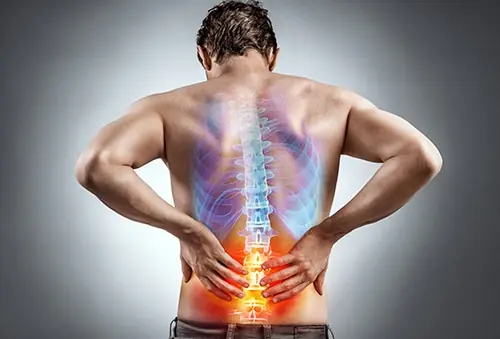
Gentle Stretches to Relieve Sciatica Pain

Surprising Signs You're Actually Gluten Intolerant

Cold Sores: How to Reduce Symptoms and Speed Up Recovery

52-year-old man died of diabetes, doctor advised: 4 types of breakfast should be removed from the table

This drink helps reduce gastroesophageal reflux and heartburn effectively

This Courageous Woman Says Experiencing a Stroke Was the Best Thing That Ever Happened to Her

8 Reasons for Dark Circles That Aren’t Due to Lack of Sleep
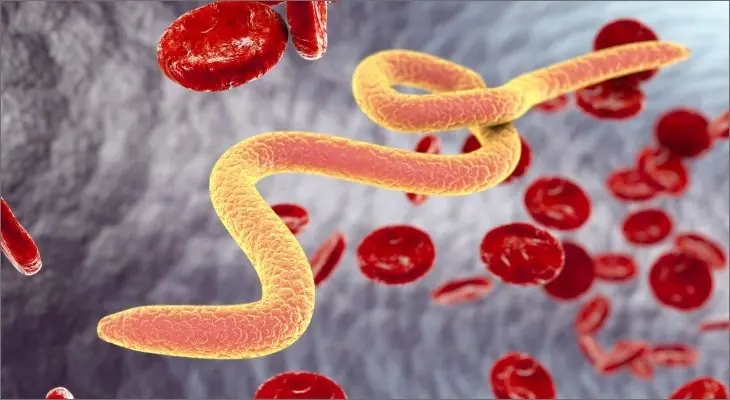
Always Tired, Bloated, or Foggy? This Can Be Why… Follow This Parasite Cleanse Diet
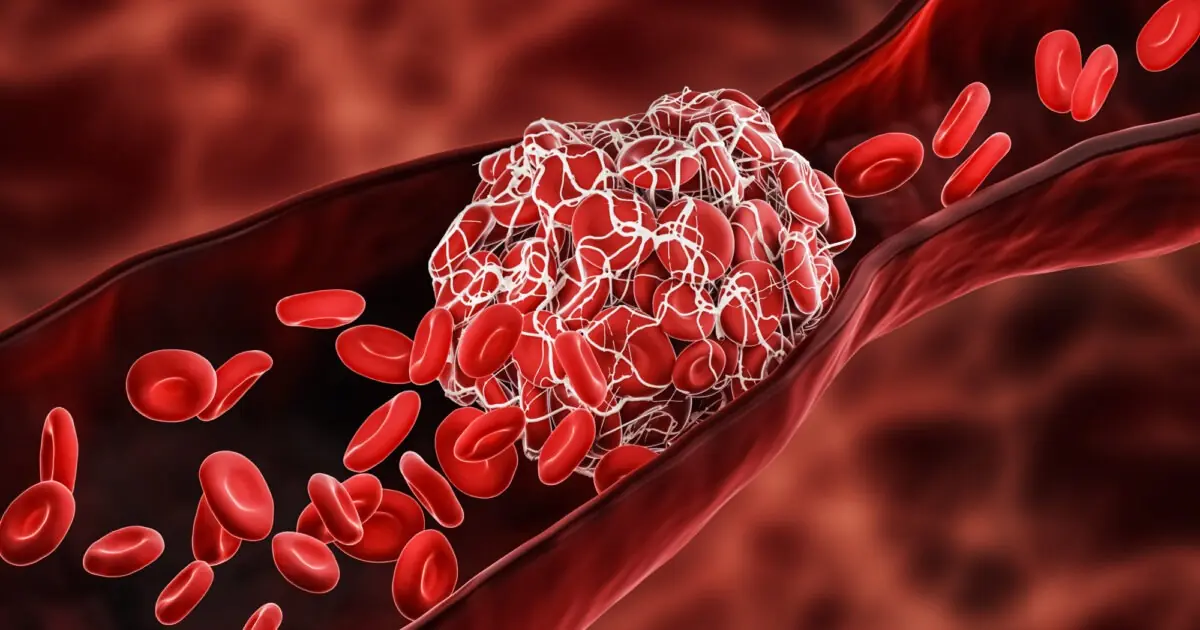
A Blood Clot Can Lead to a Heart Attack, Thrombosis, or a Stroke. Discover 16 Powerful Blood-Thinning Foods You Need
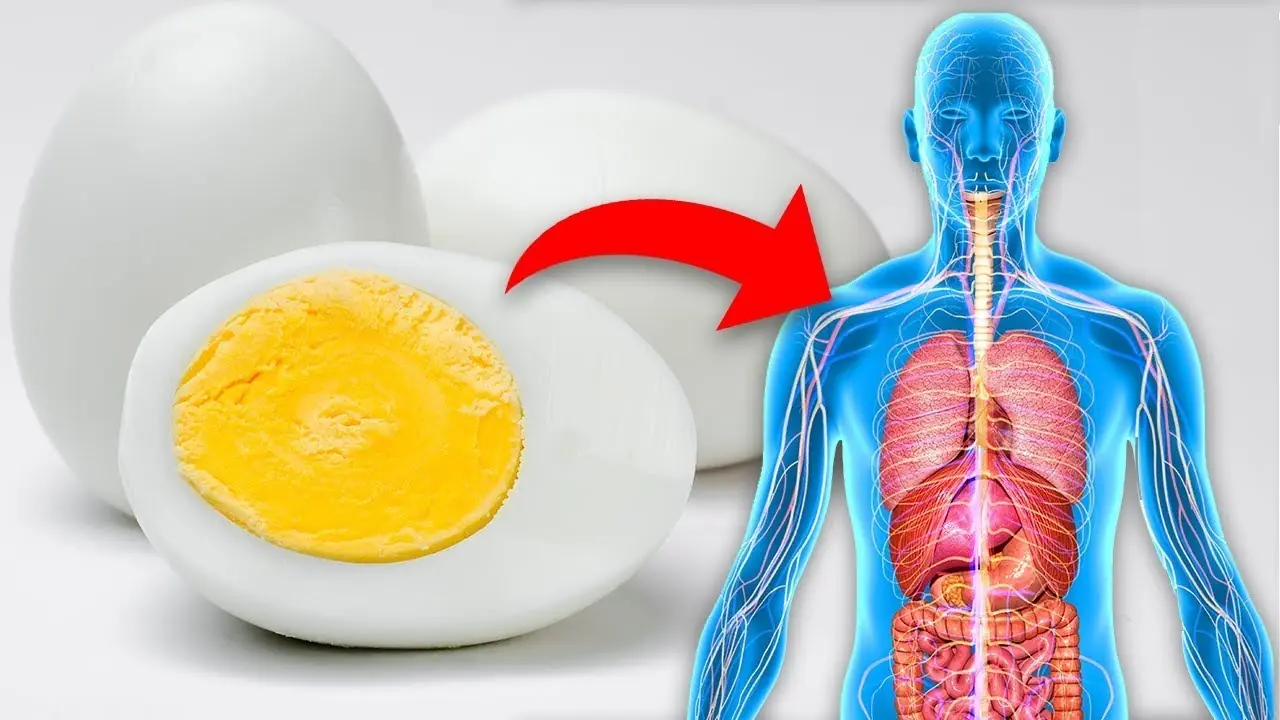
Here’s What Happens to Your Body When You Eat Two Eggs a Day. I Would Have Never Believed No. 4… Unbelievable!!!
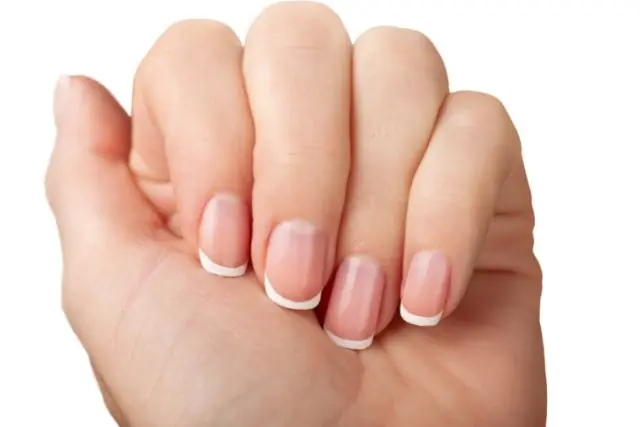
WARNING: Your Fingernails Are Trying to Tell You Something—Don’t Ignore These Signs!
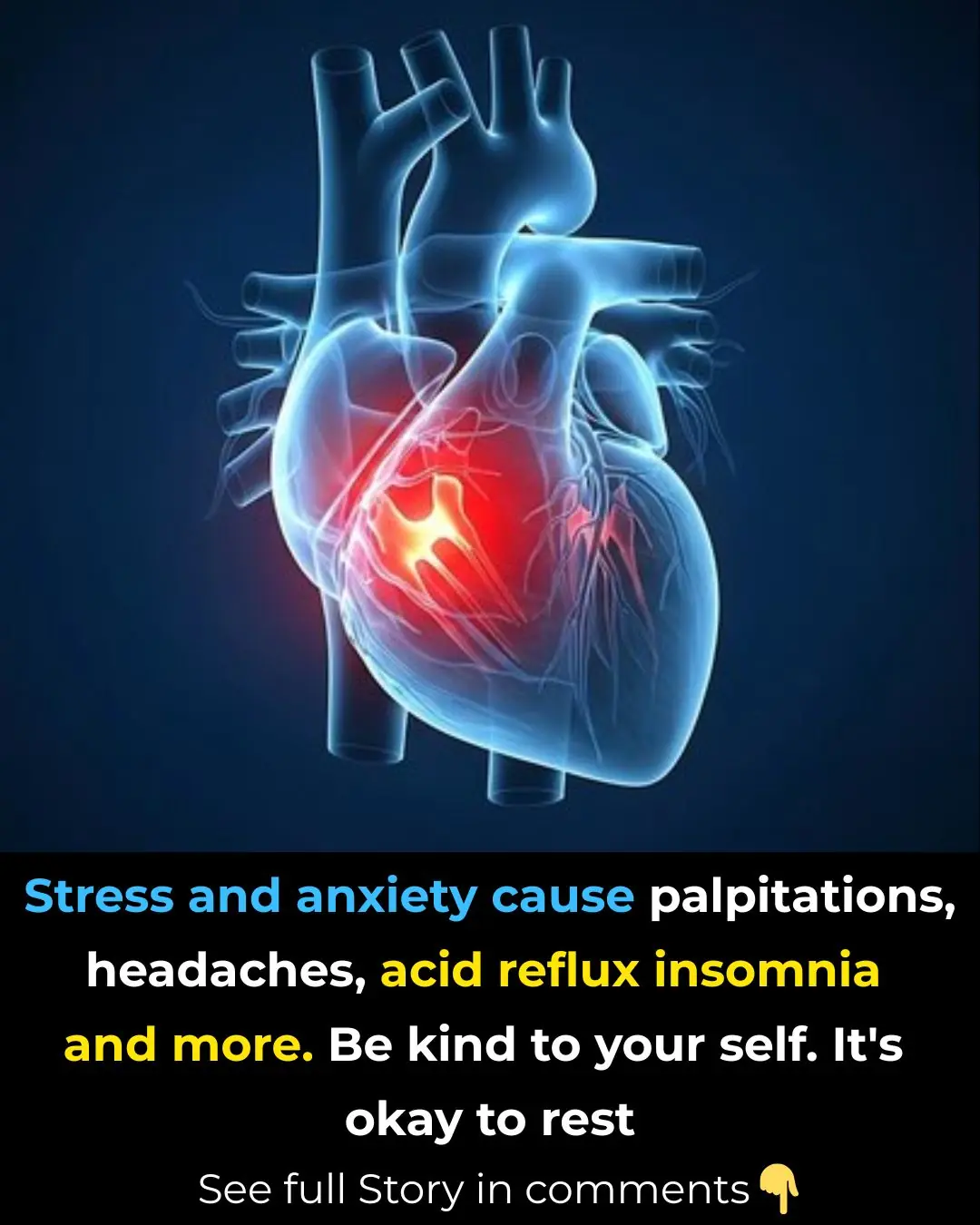
Symptoms That Can Be Caused by Stress

🌿 17 Health Conditions That May Benefit from Guava Leaf Tea + Easy Homemade Recipe

A Scientific Look at Oregano’s Role in Supporting Wellness

Scientists discover ‘stealth bacteria’ from your mouth are hiding in your arteries and triggering heart at:tacks
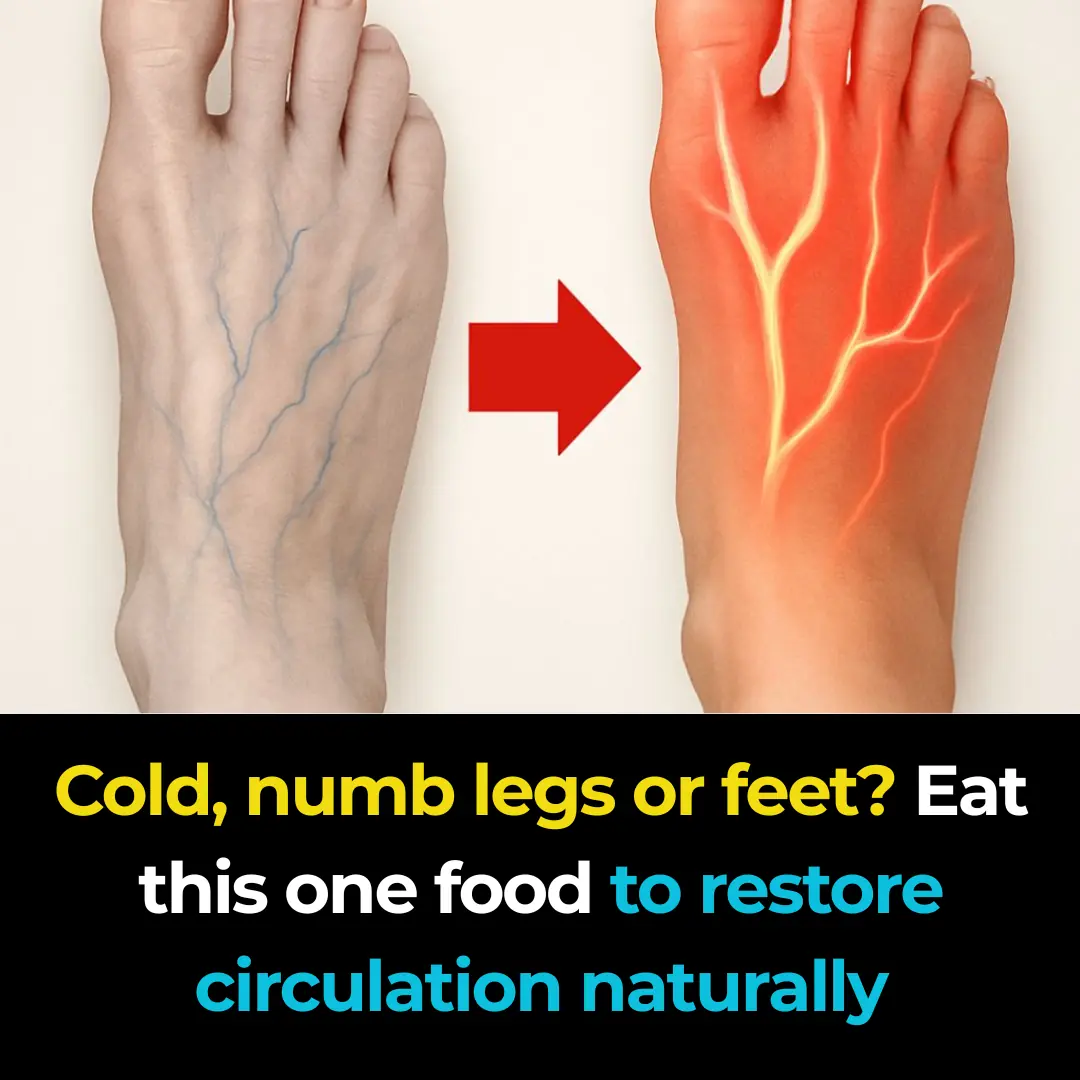
Cold, numb legs or feet? Eat this one food to restore circulation naturally
News Post

How to Keep Supermarket Basil Alive and Thriving
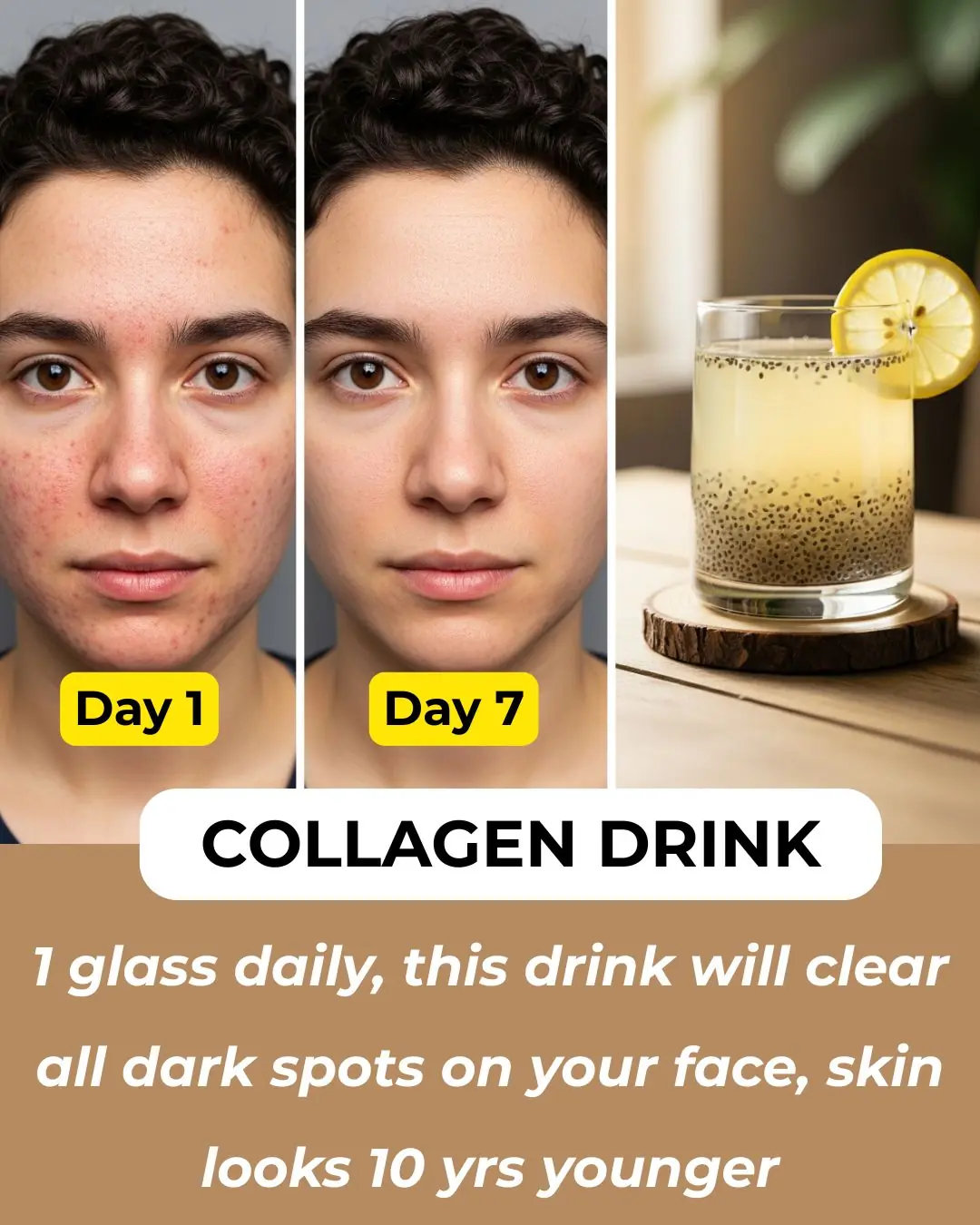
3 Best Detox Drinks for Glowing, Healthy Skin

Erase Wrinkles and Fight Signs of Aging with Banana Face Pack: The Ultimate DIY Skincare Remedy

DIY Korean Rice Cream: The Secret to Wrinkle-Free, Glowing Skin Even After 50 – DIY Recipe and Benefits

Anti-Aging Face Mist with Rice Water: Unlock the Secrets to Hydrated, Glowing Skin
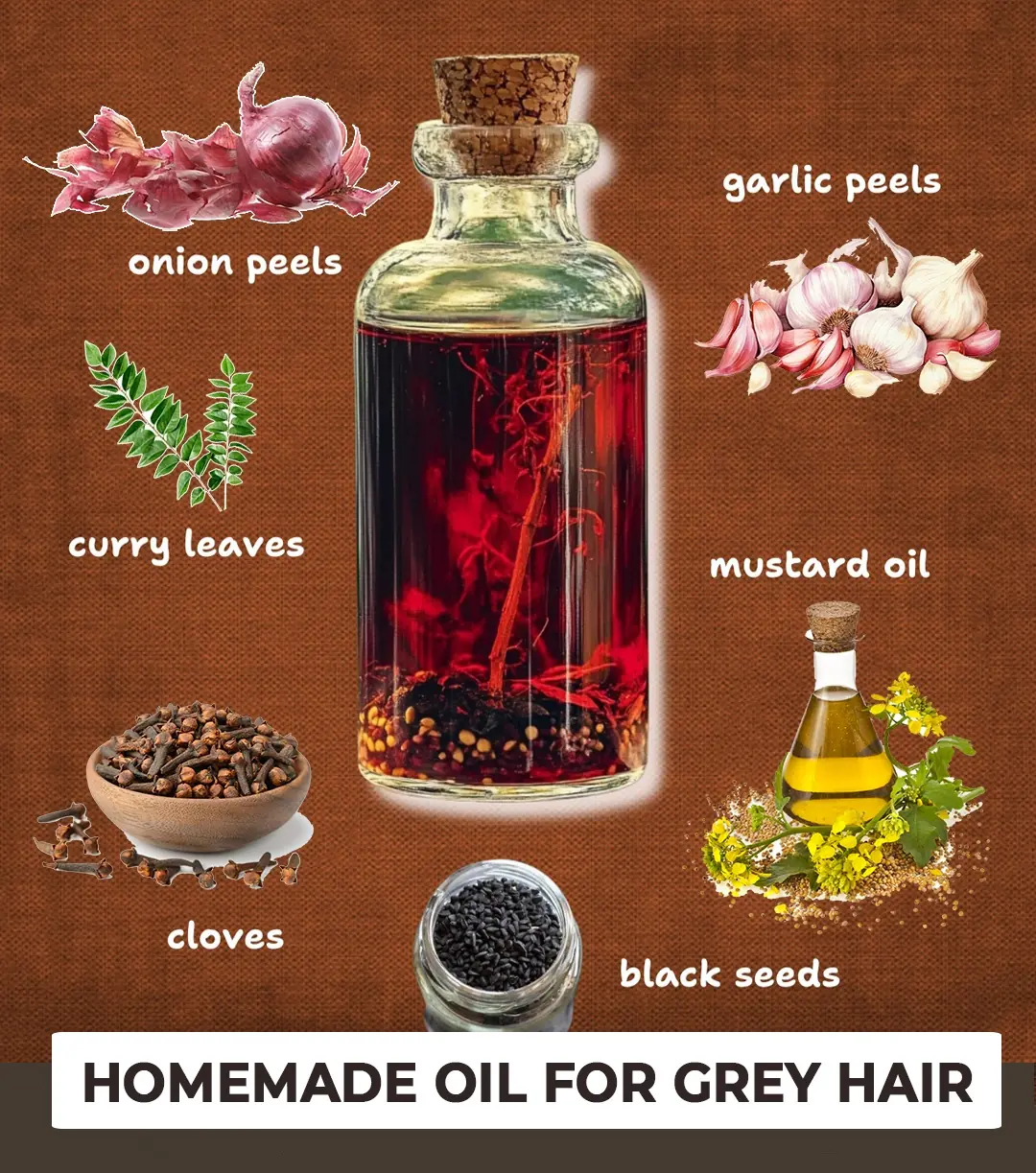
Roasted onion peel treatment for grey hair

Homemade Onion Juice Serum To Grow Thick Eyebrows In Just 1 Week

DIY Aloe Vera Beauty Cubes for Dark Spots, Acne, and Skin Rejuvenation: The Ultimate Skincare Hack

6 Home Remedies to Lighten Dark Underarms | How to get rid of Dark Underarms

DIY Aloe Vera Facial: A Step-by-Step Aloe Vera Facial for Skin Lightening

How to make banana vinegar with just 4 simple ingredients, and enjoy the delicious final product.

Drinking lemon ginger water provides these 6 amazing benefits for your body

Mosquitoes are most afraid of this bowl of water. Place it in your house, and no matter how many mosquitoes there are, they will all be gone. Sleep peacefully!

Drinking lemon ginger water provides these 6 amazing benefits for your body.

Anyone Whose Hair Is Falling Out Needs To Make This 2-Ingredient Drink Immediately

13 Detox Foods To Flush Out Toxins, Fight Cancer Cells And Relentlessly Hunt Free Radicals

Doctor warns: your ‘healthy’ lemon water habit is actually destroying your liver – here’s what you’re doing wrong

The Secret Power of Plantago Major that no one knows

Mimosa Pudica: Medicinal Value and Uses
